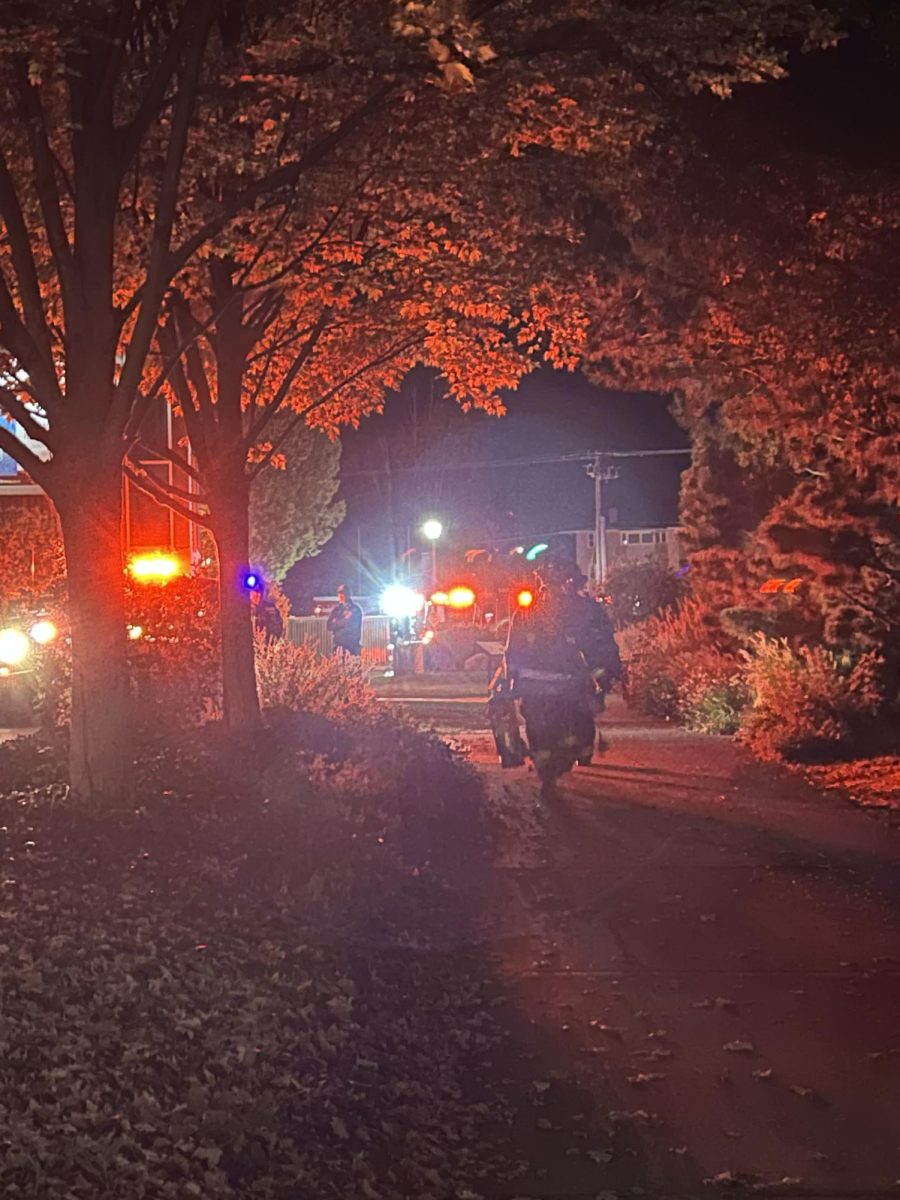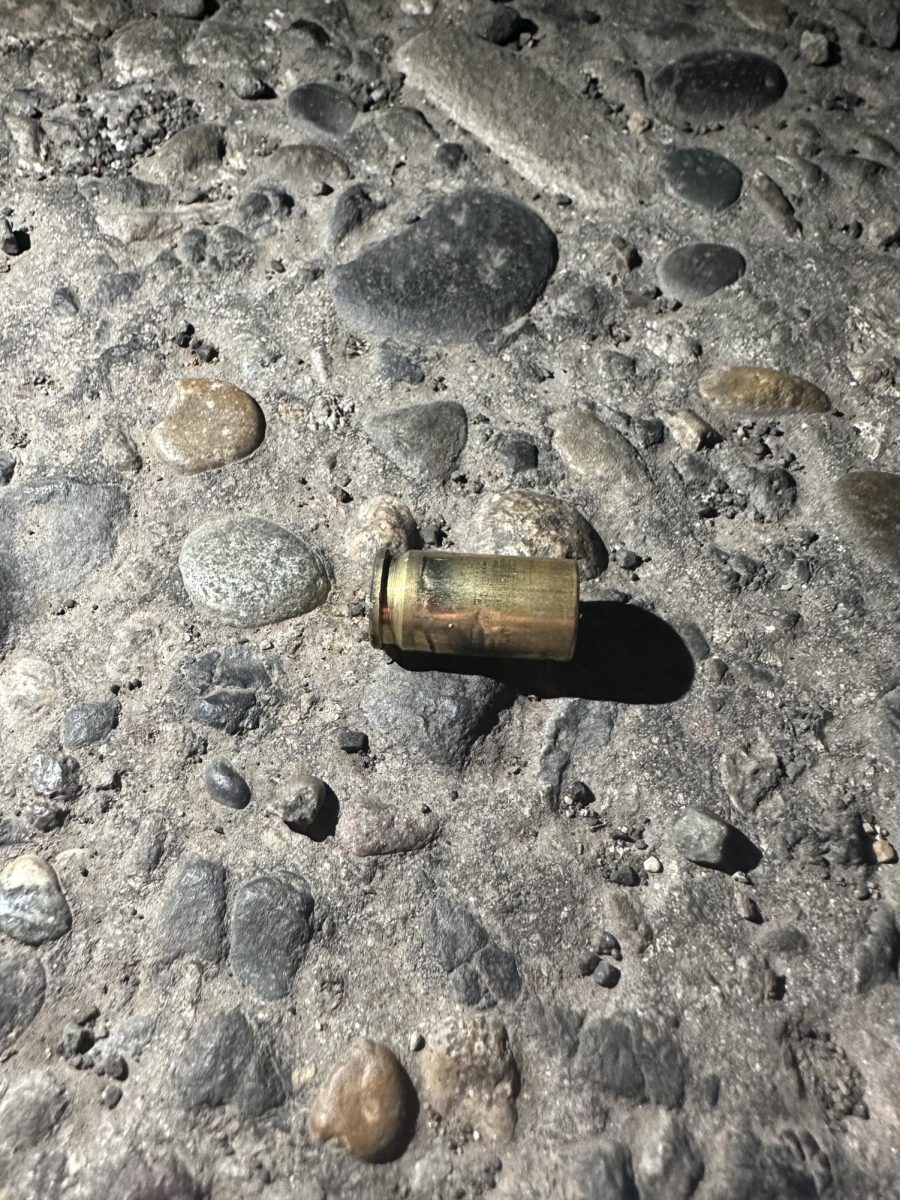 It has been declared “the nation’s leading law enforcement scourge” by law enforcement officers across the country. It has driven the rise of child abuse, domestic abuse, theft and violent crime along with the overcrowding of prisons, environmental degradation and the destruction of rural communities.
It has been declared “the nation’s leading law enforcement scourge” by law enforcement officers across the country. It has driven the rise of child abuse, domestic abuse, theft and violent crime along with the overcrowding of prisons, environmental degradation and the destruction of rural communities.
“Perhaps more than any other drug this country has experienced, methamphetamine insidiously affects everybody in the community,” said Asa Hutchinson, director of the Drug Enforcement Administration.
Over the past 15 years methamphetamine, or meth, has swept across the United States to quickly become the most influential and problematic drug. Walla Walla has not been left behind by this trend.
“Of any and all the drugs out there, [meth] is the destructor of life and family,” said Officer Kevin Huxoll, who worked as an undercover agent for the Walla Walla Police Department Drug Unit.
Throughout his time with the Drug Unit, Huxoll has seen many of the destructive effects of meth play out in the Walla Walla area.
“Basic human needs are not being taken care of,” said Huxoll. Huxoll recalled scenes of meth houses with babies crawling around in diapers that hadn’t been changed in four days and kids who hadn’t been fed in five days because the parents were consumed by the meth rush and crash cycle. Huxoll also noted that meth plays a role in a great number of thefts and violent crimes committed in the area. Indeed, Huxoll estimates that of the 10 percent of the population responsible for crimes, 80-90 percent of those crimes are somehow drug-related.
According to a National Association of Counties poll, 75 percent of law enforcement in the Pacific Northwest said that methamphetamine was their largest drug problem.
First used to help soldiers stay awake in WWII, methamphetamine is a “highly addictive central nervous system stimulant that can be injected, snorted, smoked or ingested orally,” according to the National Drug Control Policy Web site.
Methamphetamine started out on the west coast, but has since spread across the country. With the exception of New England, methamphetamine has become quite common throughout the United States, increasingly concentrated in the Midwest, with a noteworthy prevalence in rural communities.
As a rural, western city, Walla Walla would seem especially prone to meth use. Huxoll, however, while noting that meth is a huge problem in Walla Walla, said that contrary to popular belief, it is no more significant a problem here than elsewhere in Washington.
“We have just as much drug crime as anyone else, just on a lower scale since we’re a smaller town,” said Huxoll.
Methamphetamine can be cooked up by fusing such commonly found items such as rubbing alcohol, drain cleaner, battery acid, pseudoephedrine and ephedrine (which are found in some over-the-counter cold medications). Because the ingredients were so accessible, meth was easy and cheap to produce at home. Many home labs sprung up across the country.
However, since 2004, when laws were passed limiting the number of pseudoephedrine-containing medications purchased: forcing stores to keep the medications behind the counter, and in the case of Oregon, even requiring a prescriptions for pseudoephedrine-containing medications: the number of busted meth labs has dropped dramatically since its peak in 2004.
“Meth [in Walla Walla] is not as bad as it used to be. We used to have quite a few labs in ’04-’05: 11 or 12. We had one lab last year,” said Huxoll, noting the effect of the laws in Washington.
“Production has just shifted to Canada and Mexico. Especially Mexico,” said Huxoll. In areas with large populations of migrant workers, such as Walla Walla, who are constantly going back and forth across the border, it’s easier for Mexican drug cartels to import methamphetamine.
However, fewer meth labs does not mean less meth use.
Huxoll has not noticed any change in meth use since the decrease in local meth labs. “People are still using meth…crime is still there,” he said.
Nationally, according to the 2005 National Survey on Drug Use and Health, the percentage of people who had tried methamphetamine dropped from 4.9 percent to 4.3 percent from 2004-05. The number of high school students who reported having used methamphetamine at some point dropped from 9.8 percent in 2001 to 6.2 percent in 2005. In 2005, college students reported lower rates of methamphetamine use than non-college students of the same age at 4.1 percent to 8.3 percent, respectively. For 2004, 23.5 percent of state prisoners and 17.9 percent of federal prisoners reported having used methamphetamines at some point.
The renewal of the PATRIOT Act in 2005 even included a section specifically targeting methamphetamine use and distribution.







similar methamphetamine • Dec 25, 2007 at 8:34 pm
diet methamphetamine possession methamphetamine